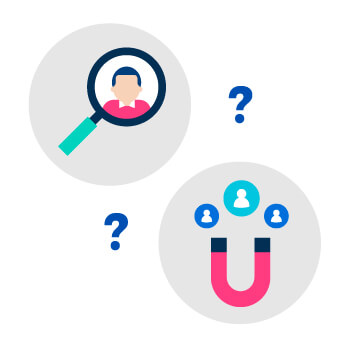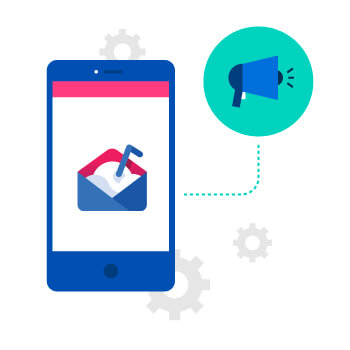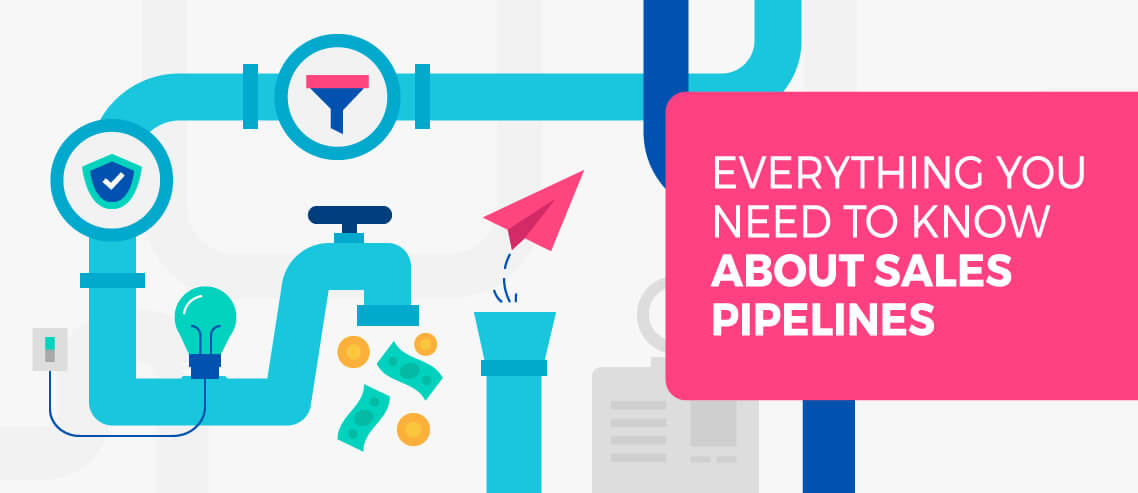Sales Engagement Platforms: Definition, Examples, and Platforms

Contents
Sales engagement “platforms” were virtually unheard of before 2013, but they’re now rapidly becoming a mainstream software category.
For many, however, sales engagement is still a term that leaves a lot of questions unanswered, such as:
- What is sales engagement?
- How does it differ from sales enablement?
- What do sales engagement platforms do?
If you’ve been asking any of these questions and wondering how you can use sales engagement, read on:
What Is Sales Engagement?
Sales engagement refers to the interactions and exchanges that occur between sales reps and their prospects or customers.
It’s the touchpoints that get your foot in the door, keep the conversation flowing, and ultimately lead to a sale. Sales engagement encompasses how you communicate, at what frequency, and the substance of your interactions.
These exchanges can be monetary or emotional, in-person or on a virtual platform. They could take the form of a long meeting or phone call, or simply attendance at a webinar or engagement with a chatbot.
Methods of sales engagement have shifted significantly in the past thirty years alone – salespeople used to rely more on traditional mail and door-to-door selling, for example. And they will inevitably continue to change as sales tactics and communication channels also evolve.
Whatever the form of sales engagement, however, it is always:
-
- Geared toward relationship building
- Personalized
Modern software now allows salespeople to track analytics around sales engagement as well – whether it’s email response rates, top-performing sales channels, or how much time a prospect spent on a webinar.
However, sales engagement is not automation. It’s about putting in the work to create genuine client relationships, and improving the quality and efficiency of your prospecting and conversion efforts through the power of real-time analytics.
Done right, sales engagement allows reps to understand the buyer journey and to jump in and provide support at the right times during this journey.
What’s the Difference Between Sales Engagement and Sales Enablement?
The concepts of sales engagement and sales enablement are often confused, but they’re actually completely different.
In order to get both sales engagement and sales enablement right, it’s important to differentiate them and really understand what both of them can achieve.
What Does Sales Enablement Mean?
Sales enablement is all about providing your sales team with the right support, resources, and training to sell effectively. It’s about giving your team the confidence to engage prospects, maximize every interaction, and ultimately drive predictable sales via repeatable sales tactics.
As its name suggests, it’s literally about enabling salespeople to do their job in the best way possible.
Sales enablement can be broken down into four key areas:
- Recruitment & Hiring: Identifying, reaching, and closing the best possible salespeople for your product or service. Put simply, this part of enablement ensures that the right number of the right people make up the sales force.
- Ongoing Training & Coaching: Educating each rep with sales tactics, product knowledge, and industry insights that give them more confidence during the selling process.
- Supplying: Equipping each rep with the right tools to do their jobs effectively. This could mean anything from sales platforms and CRMs to email finder tools and access to agencies.
- Evaluating: Assess which reps are performing the best, what tools are most effective, and identify coaching opportunities.
In theory, once equipped with the right resources, your sales team should feel internally empowered to engage with prospects externally. Sales enablement also aligns you with other departments to ensure all necessary resources are readily available to close more deals.
What Does Sales Engagement Mean?
Sales engagement, on the other hand, is the process of communicating with prospects, leads, and customers, and personalizing this communication in order to build long-term relationships.
It focuses on enhancing salespeople’s ability to engage with prospects. It’s not about outreach alone – it’s about the quality of that outreach and the efficiency of prospecting efforts.
There’s some overlap with sales enablement, of course.
Team leaders need to ensure that their team members are equipped with the right processes, tools, and knowledge in order to reach out to and communicate with prospects effectively.
By doing this, they’re performing sales enablement in order to facilitate sales engagement.
What Do Sales Engagement Platforms Do?
Sales engagement is nothing new. But in today’s market, you need a little something extra to give you the edge on the competition.
Tools like marketing automation software and CRMs are key to bringing in prospects and recording relationships. But they’re missing the large gap between leads becoming customers.
A sales engagement platform complements your marketing automation software and CRM by bridging that gap. If a CRM manages relationships, sales engagement platforms begin and enrich them.
A worthy sales engagement platform will support you as you optimize the segment of the buyer journey that follows prospecting.
So what are the features you should be looking out for when choosing your sales engagement platform?
Here’s what the best sales engagement software has to offer:
- Personalized cold email: Mailshake empowers users to send personalized cold emails at scale. Personalization is THE key aspect of sales engagement. By enabling sales reps to achieve this at scale, they get the best of both worlds: personalized email without losing efficiency.
- Omni-channel sales sequence: This Mailshake feature stops sales reps dropping the ball with their sales engagement. By setting up tasks to connect with prospects over the phone and social media, and marking them complete to continue the automated sequence, fewer prospects will slip through the net because you simply forgot to call them.
- Integrations: Sales engagement is a huge part of the sales process, but it also needs to seamlessly align with the journey as a whole. Mailshake allows integrations with pretty much any sales tool you’re going to be using, from Salesforce to Google Docs.
- AB testing: the key to building a successful sales engagement sequence is testing what works and what doesn’t. A good sales engagement platform will allow you to split up your prospects into sequences with different cadences, touch points, and copy.
Best Sales Engagement Platform
If you’re reaching out to hundreds of prospects every week, it’s impossible to manually stay on top of following up with all of them.
That’s why a sales engagement tool like Mailshake is essential to creating an effective, scalable follow-up email sequence.
With Mailshake, you can personalize your emails in bulk with powerful mail merge features, schedule follow-up emails that are paused or triggered based on whether a a recipient opens an email, clicks a link, or replies, and reply to leads straight from your Mailshake dashboard with Lead Catcher.
You can also set the amount of time between follow-ups (5 days between the first and second email, etc.) Plus, you can set the days and times you want them to send (for instance, between 8 am and 6 pm on weekdays).
Optimize your copy and overall outreach strategy by AB testing different subject lines, body copy, and full campaign sequences. And with native integrations to your CRM, and third-party integrations to hundreds of software tools via Zapier, you can automate your outreach even further. Easily trigger campaigns when someone downloads an eBook, books a meeting, or signs up for a demo.
If social media and phone are a part of your outreach cadence, you can include those touchpoints in your outreach cadences as well with Mailshake Sales Engagement.
Bottom line: following up is absolutely essential to an effective outreach strategy, but there’s no reason why you can’t automate it.
Example
To reiterate, effective sales engagement campaigns are not easily transferred from one business/customer to another. It requires personalization, and an understanding of how your customer uses different platforms and prefers to be contacted.
With that said, here is a basic sales engagement cadence that leverages multiple channels. Use this as a starting point to build your own cadence.
Day 1 – Make your first call
Leave a vague voicemail with your first name and phone number requesting a call back at the prospect’s convenience if they don’t answer.
Day 2 – Send an email
Share a surprising statistic, relevant case study, article, or other content they may find useful.
Day 5 – Call again
Leave another voicemail if they don’t answer.
Day 6 – Email again
Don’t reference past attempts to reach out, just share more useful content or information. Try sending a relevant video this time to switch it up.
Day 11 – Call again
Once again, leave a voicemail if they don’t answer.
Day 12 – Email again
Keep on sharing useful content and attempt to be a resource for them.
There are 6 touchpoints in this cadence, but you can continue with more across multiple channels until you get a response.
Sales engagement is an essential part of any successful sales strategy. With the right perspective and tools, it can be one of your most reliable, measurable, and scalable channels for generating leads.




